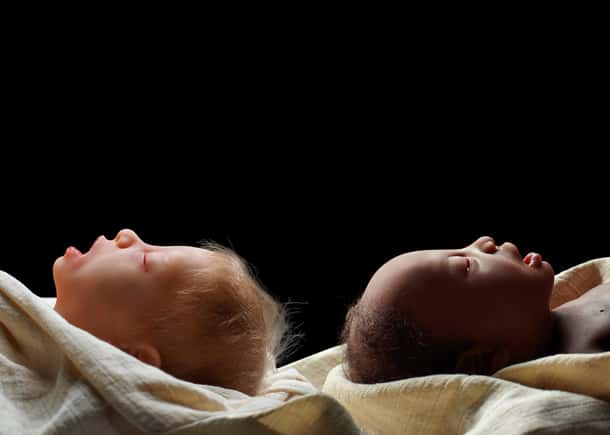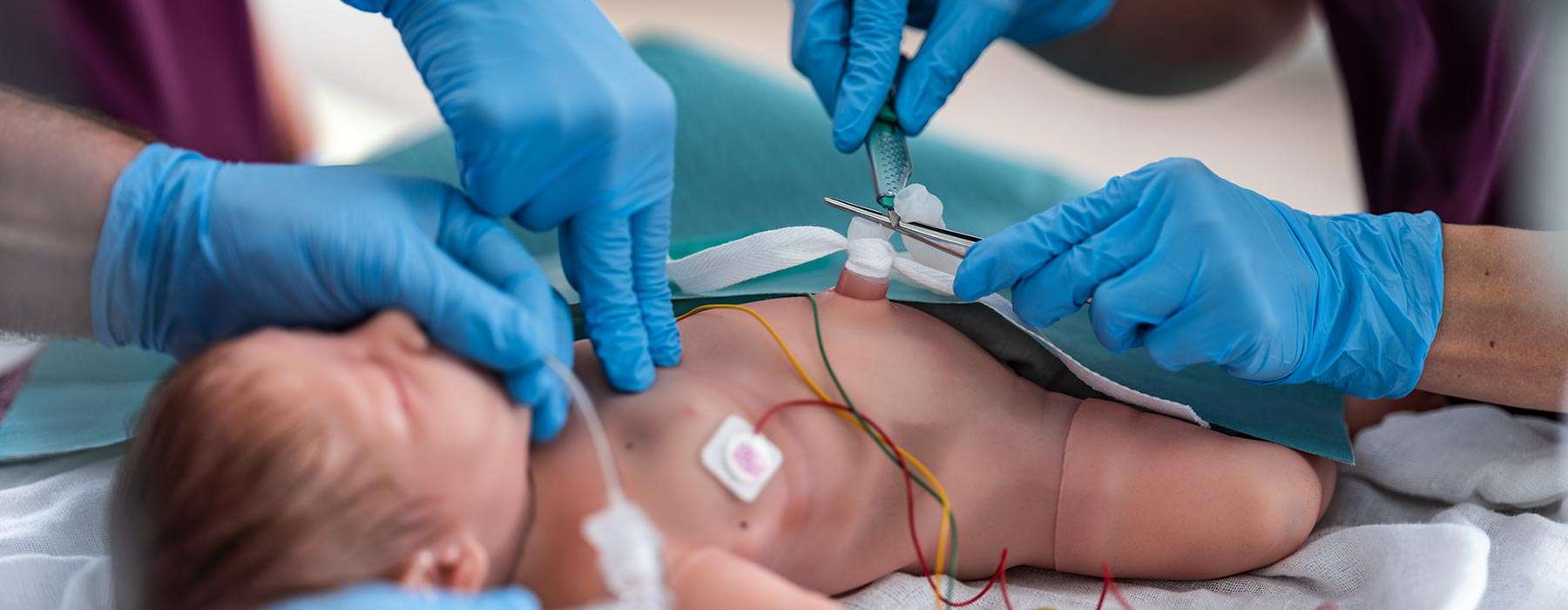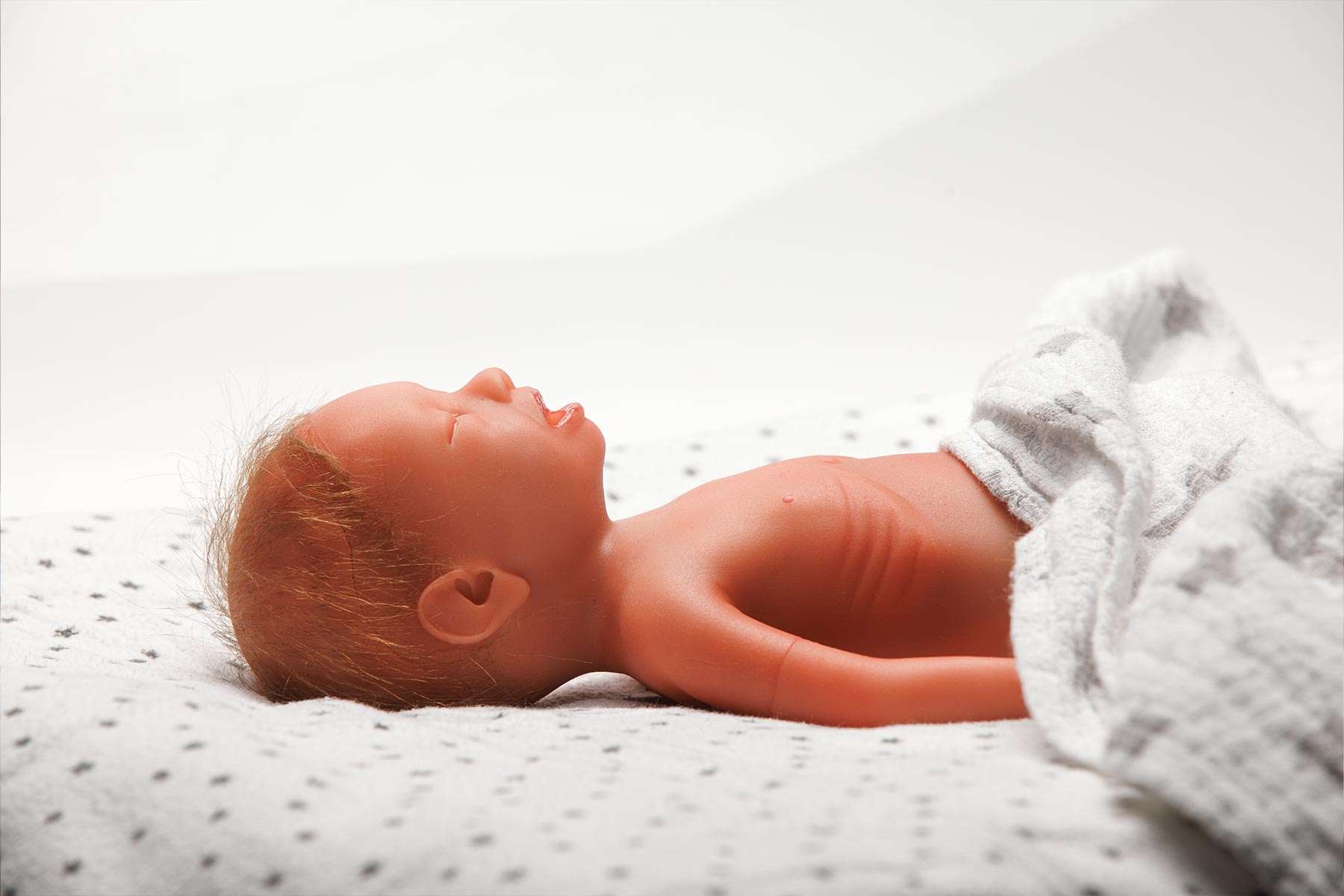High Emotion-simulering
Ett alternativt tillvägagångssätt för att förbättra neonatalvården

Ett alternativt tillvägagångssätt för att förbättra neonatalvården

Det är visionen för Jens Schwindt, VD för Laerdal Labs Wien.
Men han är också barnläkare. I denna dubbla roll har han lett sitt team på en mer än tio år lång resa med fokus på utbildning och patientsäkerhet. En strävan som har fört honom runt om i världen där han har träffat tusentals likasinnade. Vid varje stopp dök samma fråga hela tiden upp: Vilka är de viktigaste faktorerna som behövs för en optimal utbildningsmiljö som stärker vårdpersonalen?
Kort sagt är det en omkalibrering av simuleringsmetodik. Inte vad som tränas, utan vilket är det bästa tillvägagångssättet och tankesättet för utbildning? Ett engagemang för att skapa en koppling till materialet som överskrider kompetens och kompetensutveckling och framkallar äkta känslomässiga reaktioner från deltagarna, vilket ökar engagemang, empati och anpassningsförmåga.
Ett fokus som han refererar till som ”High Emotion Simulation”, eller simulering med starka känslor.
”Ju djupare vi dyker in i scenariot och reflekterar över den faktiska situationen, desto mer kan vi förbereda eleverna på att vara där, för att hjälpa till att rädda verkliga liv.”

Under flera år ledde Jens utbildningar och genomförde simuleringar med en mängd olika tekniker och undervisningsmetoder. Vid varje tillfälle kände han sig tvungen att tänja på gränserna för övningarna, särskilt när det gällde mänskligheten. Det är en sak att intubera en anatomiskt korrekt simulerad luftväg och en helt annan att intubera ett verkligt barn i andningsbesvär och under hög känslomässig stress.
Han ville ha ett tillvägagångssätt som överträffade gränserna för visuell trohet. Det räckte inte bara för att se ut och fungera på ett verklighetstroget sätt, utan simuleringen skulle efterlikna komplexiteten hos mänskliga känslor för att framkalla samma sak hos deltagarna.
Jens fortsatte att utmana: hur kan vi skapa en så realistisk utbildningsmiljö som möjligt inom neonatalvården? Inom alla medicinska discipliner, särskilt inom neonatologi, måste personalen vara optimalt förberedd för kraven på att ta hand om de allra känsligaste av patienter. Naturligtvis är träning på riktiga bebisar uteslutet.
Lösningen skulle behöva konstrueras. Jens hade tidigare arbetat med flygplanspiloter och noterade hur de alla uppskattade att flygsimulatorer upplevdes lika realistiska som att sitta i ett verkligt plan. Ribban hade därmed satts för det han ville uppnå i sin simuleringsträning.
Mer samråd la grunden efter hand som han träffade medicinska experter, designers av specialeffekter, biomedicinska ingenjörer samt hårdvaru- och mjukvarudesigners. (Jens minns hur vissa genombrott gjordes vid samtal med ingenjörer på en oväntad plats: ”På de flesta sjukhus finns de smartaste människorna nere i källaren. Det är ingenjörer som väntar på att läkare ska komma med idéer som de kan utveckla”.)
Han skapade något nytt med realistisk yttre och inre anatomi, hud som kändes som människohud och äkta människohår. Inuti skulle den ha högteknologisk funktionalitet för att möjliggöra ett brett utbud av medicinska procedurer och prestandaregistrering.
Och passande nog, eftersom han befann sig i den allra första början av sin resa, så var det första som designades en för tidigt född bebis vid namn Paul. Bara Paul. Ytterligare en medveten design.
Paul har nu fått sällskap av Emily och Emma. Ytterligare en avsiktlig skillnad.
På insidan är Emily och Emma identiska. De är båda fullgångna bebisar. Men på utsidan finns det en tydlig skillnad: Emily är vit, Emma är svart. Det är inte bara hudfärg som skiljer, utan även ansiktsdrag och hårtyp.
Även om de globala trenderna för spädbarnsdödlighet stadigt har förbättrats finns det fortfarande stora skillnader när man tar hänsyn till ras, särskilt i Europa och Nord- och Sydamerika. ”Emily och Emma är olika individer eftersom vi vill utmana omedvetna fördomar”, förklarar Jens. ”Vi som samhälle måste identifiera och lösa de konkreta frågor och utmaningar som olika grupper möter.”
Även om konceptet med simulering och att skapa en riktigt realistisk upplevelse inte är något nytt inom sjukvården, så är det som Laerdal Labs Vienna erbjuder unikt. En kombination av avancerad teknik med uppenbart verklighetstroget utseende och realistisk känsla förvandlar en simulering till en komplett övning för både känsla och kompetens. ”High Emotion”, eller ”starka känslor”, ger individer möjlighet att utveckla empati och anpassa sig till icke-verbal kommunikation som förändrar patientbehandlingen med en verkligt autentisk representation.
Förbättra resultaten genom verklighetstrogen utbildning med en representativ, prematur babysimulator som kombinerar realistisk anatomi med modern teknik.


Träna scenarier för intensivvård för fullgångna nyfödda patienter med realistiska scenarier från hela den neonatala resan.